An exhibition in Padua on the illusions and deceptions of perception: The eye at play
An exhibition dedicated to the illusions and deceptions of our sense of perception: this is The Eye at Play. Perception, Impressions and Illusions in Art, scheduled from September 24, 2022 to February 26, 2023 at the Palazzo del Monte di Pietà in Padua. Curated by Luca Massimo Barbero for the historical part and by Guido Bartorelli, Giovanni Galfano, Andrea Bobbio and Massimo Grassi of the University of Padua for the part devoted to Group N and the psychology of perception, this is a rich exhibition strongly desired by the Fondazione Cassa di Risparmio di Padova e Rovigo, which has welcomed it in its premises and proposed it in collaboration with the University of Padua as part of the celebrations for the 800th anniversary of the history and activities of one of the oldest universities in the world, in the wake of the investigation of the relationship between art and science already inaugurated in 2017 with the exhibition Galileo Revolution, Art Meets Science.
In the path of The Eye at Play, the public will find art, photography, miniature, sculpture, science and technology to witness thedeception of movement and color itself, with eye and mind led to perceive as a unicum what in factual reality is composite. Phenomena that were already well known to artists, alchemists and philosophers of distant times, as evidenced by the ancient miniatures and celestial maps in the exhibition, prime examples of man’s need and ability to juxtapose colors giving rise to a kind of magical kaleidoscope. World images and ancient armillary spheres are juxtaposed with Bauhaus and contemporary constructions, revealing an unexpected continuity. Art and science, in its various meanings from optics studies to color theory, together to give rise to a fascinating confrontation of concepts, movements, mirages. The studies of Goethe, Runge and Henry will be juxtaposed in the exhibition with the works of the great masters who have addressed, each in their own way, the theme of visual perception: from Seurat to Kandinsky, from Klee to Boccioni.
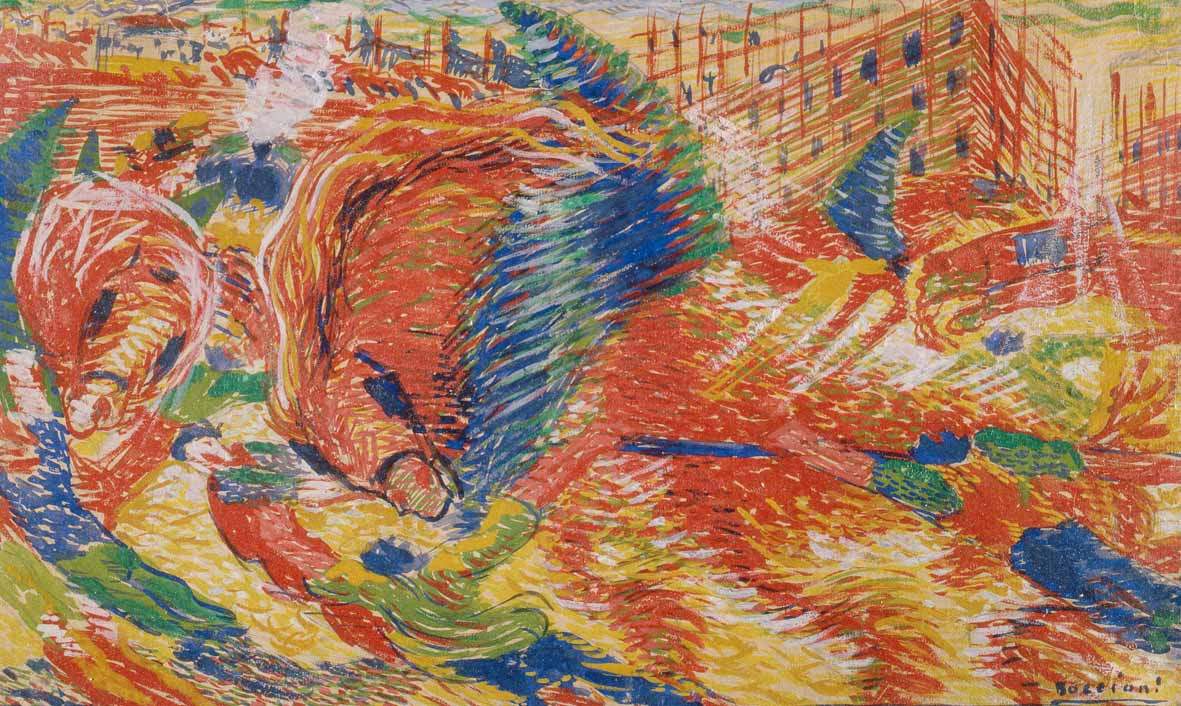
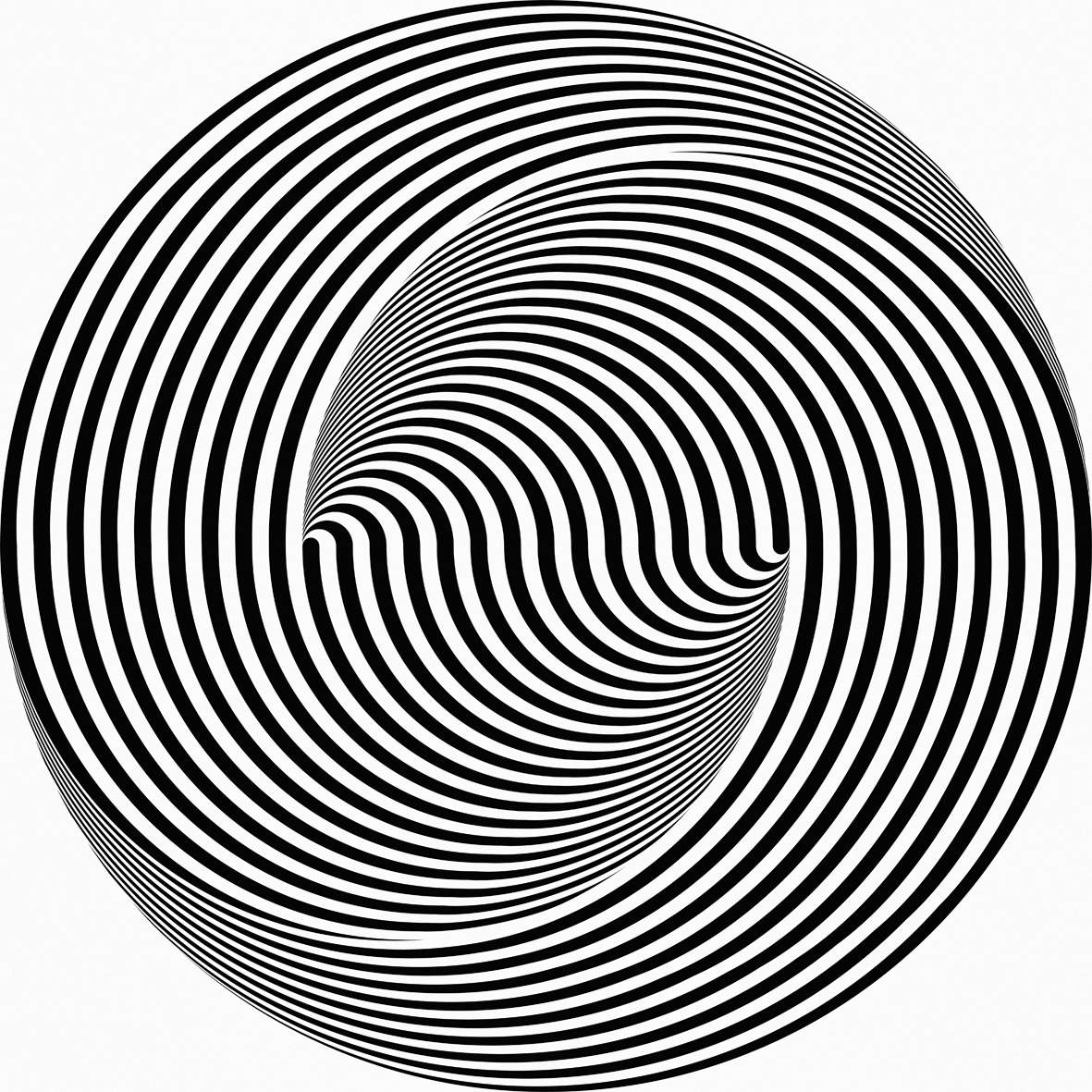
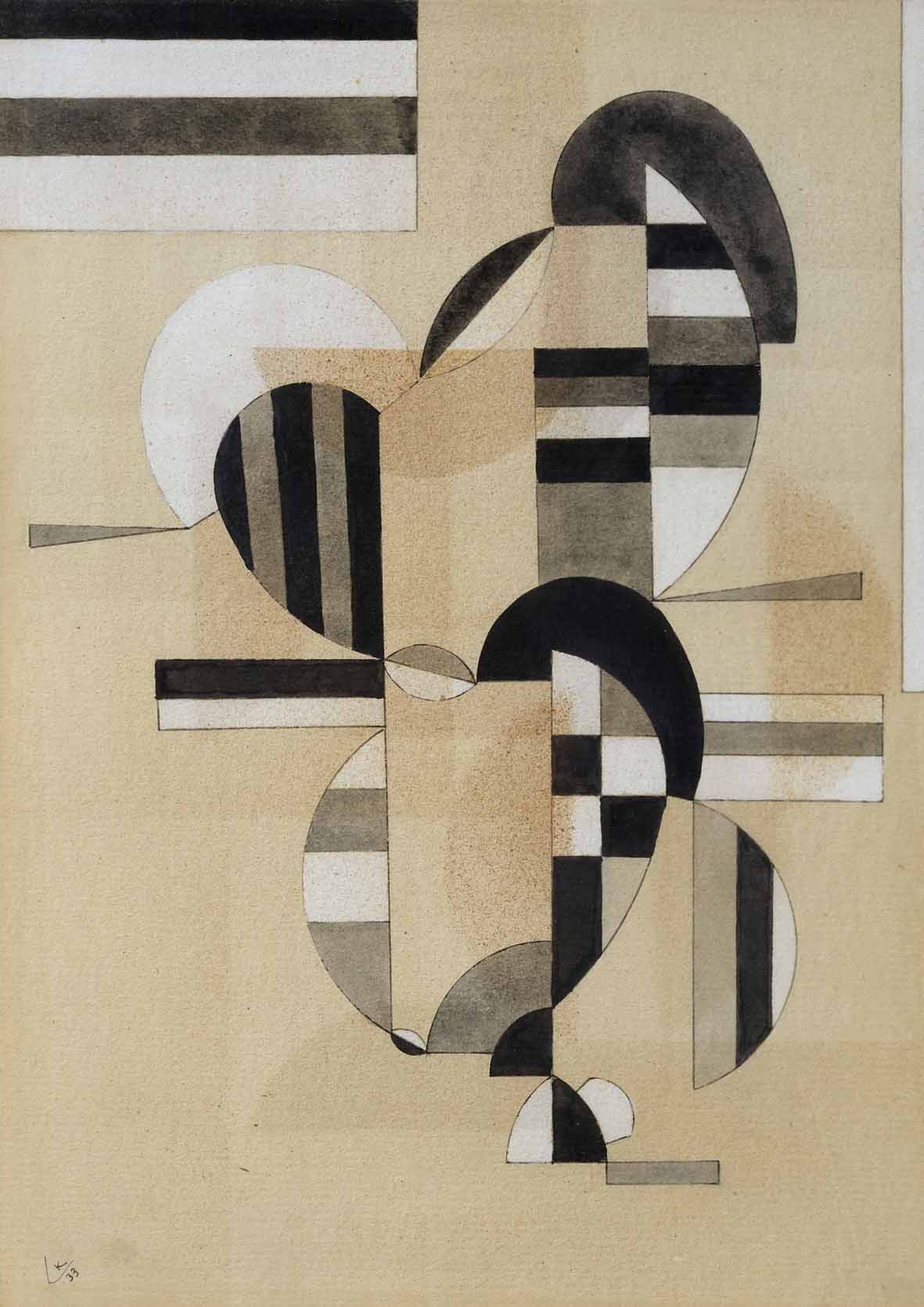
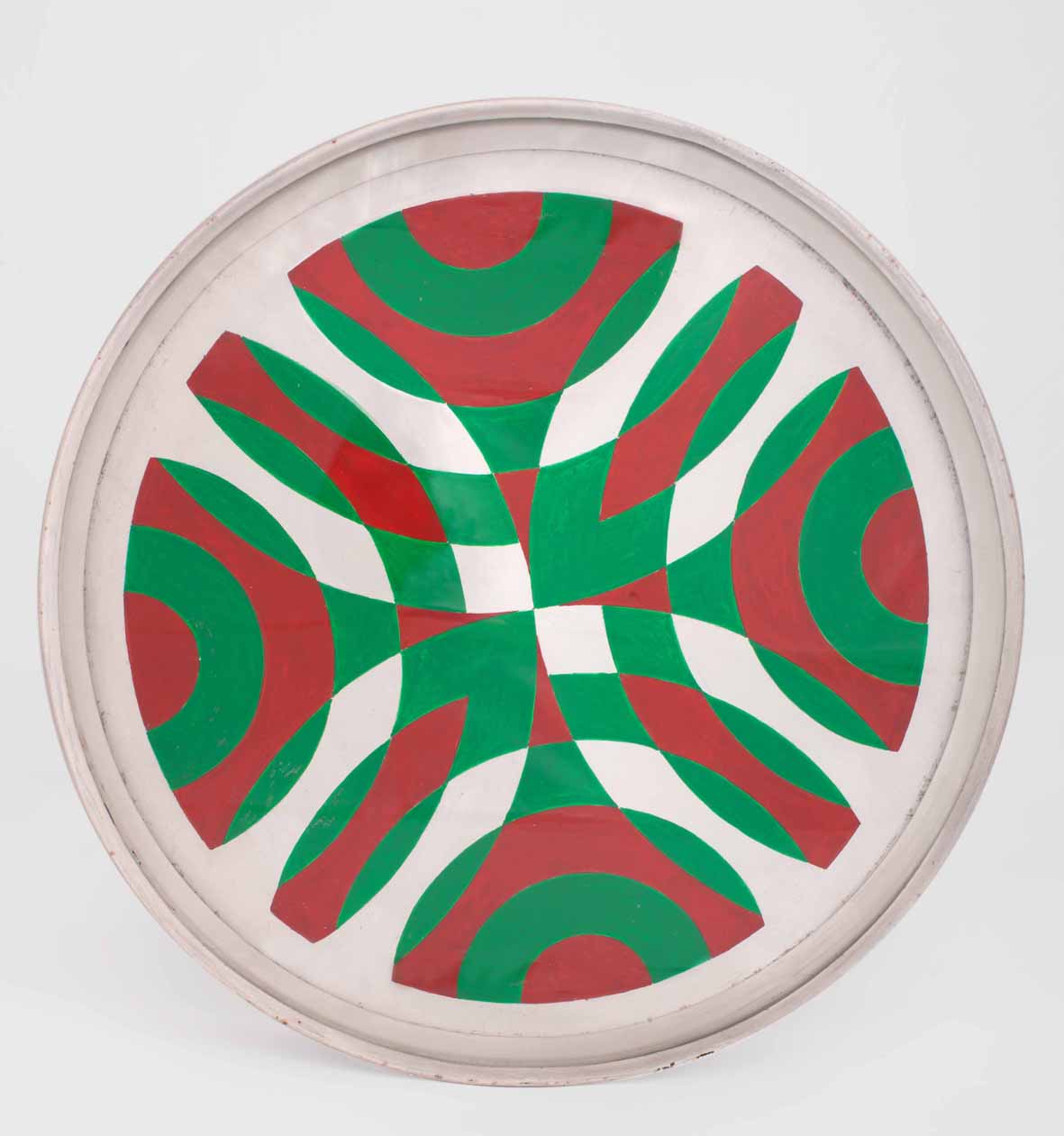
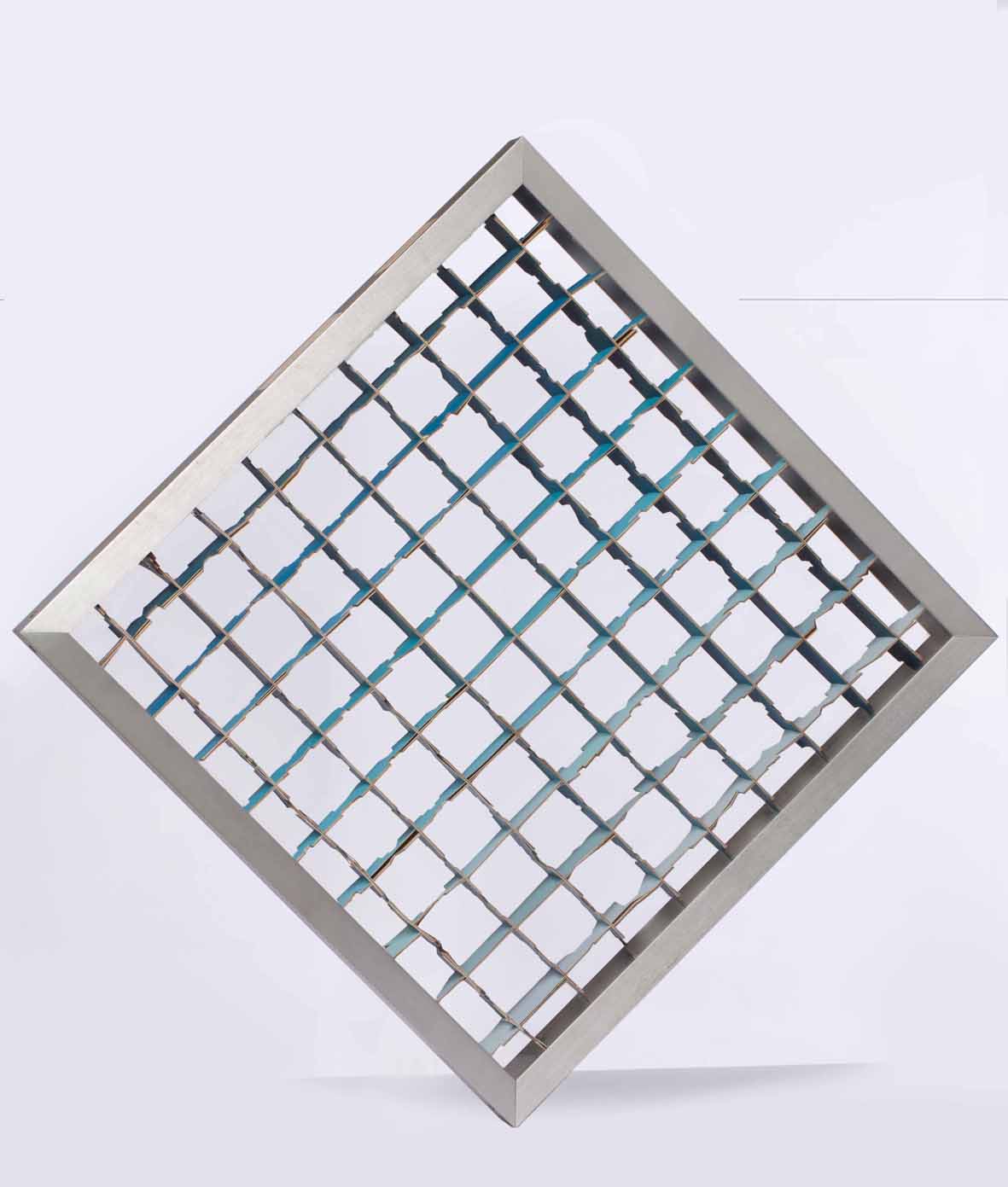
From represented movement to moving objects, a whirlwind alternation of scientific-technological instruments and artistic objects will take the visitor through the dawn of cinema (from the Lumière brothers to Man Ray) and experimental photography (from Bragaglia to Muybridge). In an itinerary that alternates between the great protagonists of the short century, from Calder to Munari, Duchamp to Vasarely, it will be discovered that even without the use of color the human eye can be deceived, that rhythm and geometry, such seemingly immutable concepts, can distort and redraw reality. Finally, there will be no shortage of optical forays into the world of costume, fashion and design.
Moreover, in the city where Galileo taught for a long time, the tradition of studies and experiments conducted, since 1919, by the school of the psychology of perception of the University of Padua could not fail to find a place. Research in the field of vision that had an extraordinary innovative impact and that, transcending the academic and disciplinary sphere, helped to stimulate, starting in the 1960s, an avant-garde artistic-cultural environment projecting the city of Padua and its artists onto the international scene.
This second part of the exhibition compares a careful selection of documents and academic studies with the works of Gruppo N, formed precisely in Padua by Alberto Biasi, Ennio Chiggio, Toni Costa, Edoardo Landi and Manfredo Massironi, and Marina Apollonio: all undisputed protagonists of the optic-kinetic “new trend.” The exhibition will thus find completeness in a wide-ranging monographic study that will repropose the works, environments and installations of the 1960s. Great emphasis will also be given to the school of psychology of perception developed within the University of Padua. Specifically, the figures of Cesare Musatti, Fabio Metelli and Gaetano Kanizsa will be explored. In particular, their main themes of study and the relationships between their scientific research and the artistic research of the optic-kinetic avant-gardes will be examined.
 |
| An exhibition in Padua on the illusions and deceptions of perception: The eye at play |
Warning: the translation into English of the original Italian article was created using automatic tools. We undertake to review all articles, but we do not guarantee the total absence of inaccuracies in the translation due to the program. You can find the original by clicking on the ITA button. If you find any mistake,please contact us.





























